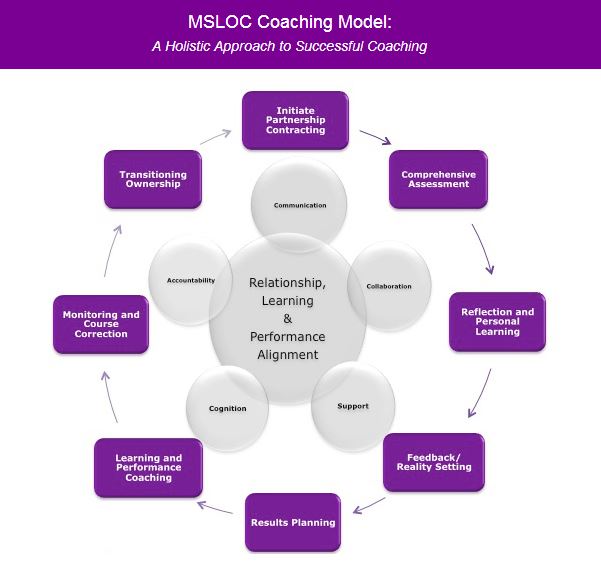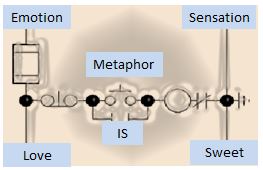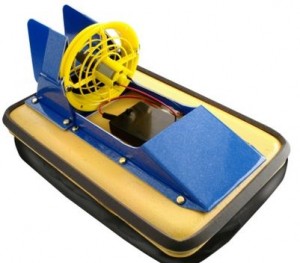Compassion’s Signature
Tuesday, December 31st, 2013 Compassion typically involves the recognition of someone else’s suffering on both an intellectual and emotional level and a real attempt to address or alleviate it. Acts of compassion are widespread ranging from one friend consoling another about a loss, or an oncologist coaching a cancer patient to a relief organization striving to help an entire community struck by a natural disaster.
Compassion typically involves the recognition of someone else’s suffering on both an intellectual and emotional level and a real attempt to address or alleviate it. Acts of compassion are widespread ranging from one friend consoling another about a loss, or an oncologist coaching a cancer patient to a relief organization striving to help an entire community struck by a natural disaster.
Compassion is about helping others in an emotionally connected way. We expect compassion to happen naturally but sometimes it is difficult to make the emotional connection and keep your balance especially if you are exposed to intense suffering on a regular basis. Think about about acute healthcare for example. On the other hand, acts of compassion can naturally generate tremendous energy for positive transformational change. Consider the success of Mothers Against Drunk Drivers for example.
Understanding the psychology of compassion can be useful in many cognitive design challenges so I am always on the lookout for scientific studies with practical insights. Take for example, the recent research by the University of Rochester Medical Center, What Does Compassion Sound Like? They completed a study of how doctors talk with patients in a compassionate way looking for language use and behaviors that defines the experience. The researchers looked at tone of voice, humor, non-verbals, pauses, sights and a wide-range of other factors. Their general conclusion is important:
“It became apparent that compassion is not a quality of a single utterance but rather is made up of presence and engagement that suffuses an entire conversation,”
The implications for designers or anyone seeking to improve compassion-driven experiences is clear. Compassion frames the entire experience and unfolds during the course of the interaction.






